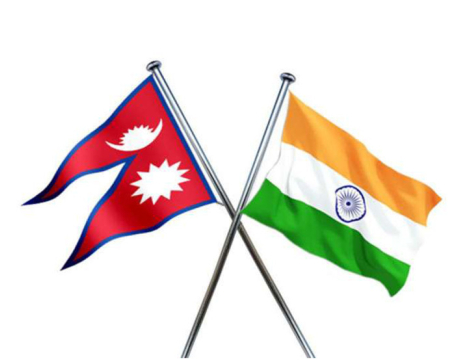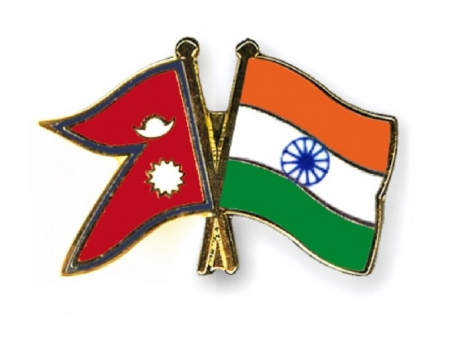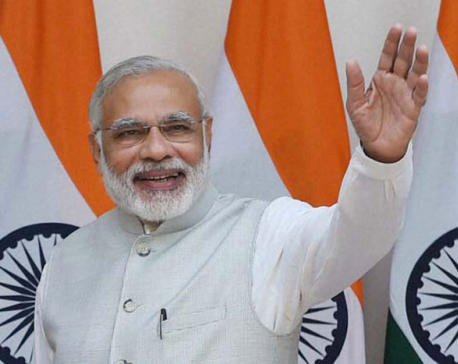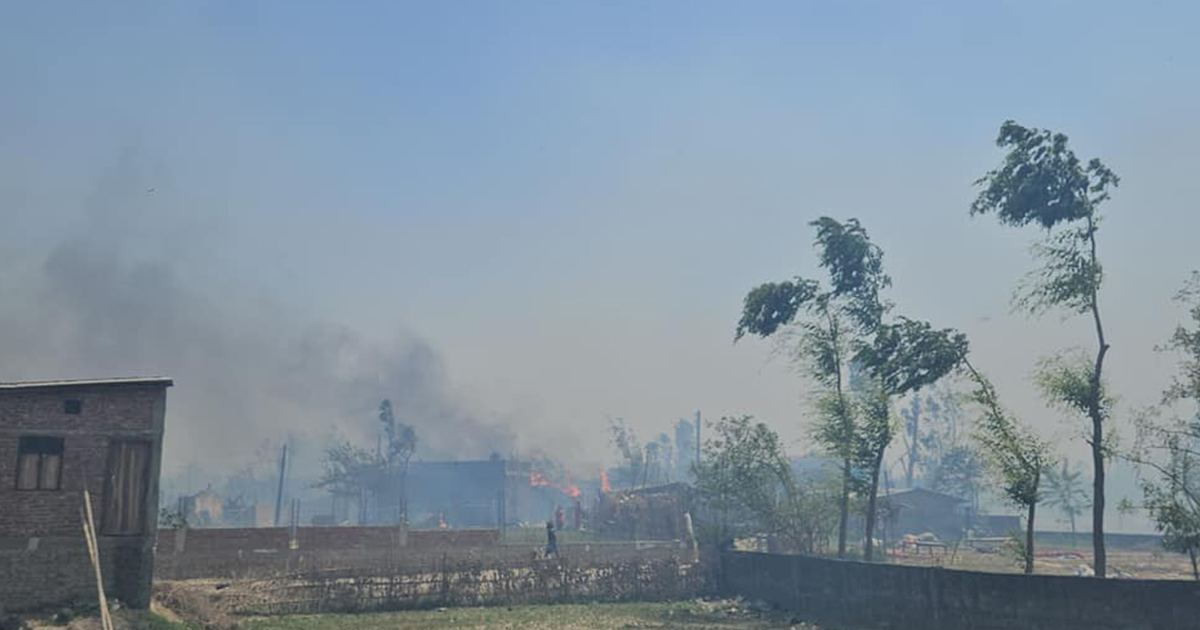
OR

The strategic rivalry between the two big powers—China and the United States—has impacted global trade in both overt and covert manners.
Economic and trade integration at the global and regional level has faced a strong headwind in recent years as the multilateral trade body—the World Trade Organization—is struggling to remain relevant in global trade architecture. Trade negotiations are stymied and appellate body, also the umpire of global trade rules, has been abandoned. Trump administration is continuously blocking the appointment of the judges in the appellate body and the new agendas of WTO reform are being pushed for providing the developed countries more space for maneuvering international trade rules for protection of their product and services.
The rising share of emerging economies and the developing countries in the global trade over the last two decades seems to have ruffled the developed economies as they face eroding competitiveness in the global markets. Protection of agriculture with high subsidies and steep reduction of tariff in manufactured products remained two major contentious issues at Doha negotiations but were not settled due to diametrically opposed interest of the developed and developing world. Of late, the strategic rivalry between the big players—China and the United States—in the name of Belt and Road Initiatives (BRI) and the Indo-Pacific Strategy (IPS) has also impacted global trade in both overt and covert manners.
Regional trade bodies are making a noticeable progress in advancing the economic integration elsewhere but not in South Asia. SAARC leaders have made spectacular pledge in making South Asia a highly integrated region of the world but this desire has remained elusive. The regional integration and cooperation process that started three and a half decades ago is hitting roadblock due to strategic rivalry between the two big neighbors—India and Pakistan. There is no meaningful progress in advancing the regional cooperation agenda since the 18th Summit held in Kathmandu in 2014. The strategic rivalry including the border issues, cross-border terrorism and security related issues have cast shadow on regional processes. The next regional organization of BIMSTEC, where five South Asian countries are the members, is yet to make a visible progress in promoting meaningful cooperation. This regional body is moving at a snail's pace as is seen over ongoing negotiations on trade in goods agreement over the last 16 years.
The concept of sub-regional cooperation in South Asia had taken shape in the late 90s under the SAARC framework with a view to implementing the sector-specific program and projects in an expeditious manner. The South Asian Sub-regional Economic Cooperation (SASEC) came into existence in the early 2000s and it identified six areas of cooperation to enhance dialogue and implement specific projects therein. Asian Development Bank (ADB) facilitated this process through financial and technical cooperation. Originally, four sub-continental countries—Bhutan, Bangladesh, India and Nepal—were the participants of the sub-group and they were joined by two island countries of Sri Lanka and the Maldives in the latter stage.
The BBIN cooperation got steam after signing a motor vehicle agreement in June 2015 in Thimpu that aims at regulating the movement of regular passenger and cargo vehicles including the private vehicles across the border for facilitating the trade in goods, services and the people-to-people exchange. However, the agreement is still in limbo, as Bhutan, one of the original signatories, backed down from ratifying it and secondly, the three countries who have chosen to move forward without Bhutan have not yet finalized the protocol to operationalize the agreement.
However, some important developments are taking place in the area of enhancing sub-regional connectivity and creating linkages outside the sub-region. Improvement of the road and bridges along the north-south and east-west corridors linking the sub-regional markets, improvement of port facilities, exchange of protocols for inland waterways transport, and introduction of electronic cargo tracking systems for facilitation of transit traffic are some initiatives taken under the BBIN framework. Moreover, the improvement of road transport to link Myanmar and the integration of various mode of transport for reducing costs and bringing efficiency in the provision of services are the innovative steps taken by the member countries—thanks to the support provided by the multilateral financing institutions like the World Bank, and ADB who have provided technical as well as financial support to undertake these reforms.
Similarly, UNESCAP as the regional organization has come up with support program for facilitation of cross-border trade and investment.
The multilateral organizations are generally considered to be the appropriate forums for addressing the issues of developing and smaller countries as they can collectively raise voices and push their agenda. However, in the context of shrinking role of multilateral and regional organization, it is but natural for the smaller and least developed countries to come together collectively and seek bilateral and trilateral cooperation. Meanwhile, building trust and confidence and establishing harmony among neighbors is important in promoting mutually beneficial cooperation.
The notion of strengthening sub-regional cooperation should be guided by the noble goal of increasing quality of life and sustaining livelihood of the people. The urgent need in time of health crisis is to work together for providing affordable vaccine and medical services to the people. India as the leading country in commercial production of vaccines may require taking lead in production of vaccines, medicines and pharmaceutical products at the sub-regional and regional level. Secondly, the cooperation framework built on the plank of connectivity should be leveraged to increase intra-regional trade where the manufacturing units in India and Bangladesh could be connected to smaller units in Nepal and Bhutan. Third, there should be concerted efforts in developing multi-modal connectivity by bringing the river transport on board with its integration with road and rail services.
Last but important, the special economic zones of the sub-region should be linked with each other as partners of production network that helps in increasing employment and income opportunities for the people in a longer term.
The author is former secretary of Government of Nepal. Views are personal.
You May Like This

Enhancing the Political and Socio Economic Ties Between India and Nepal
On September 25, 1768, and August 15, 1947, respectively, India and Nepal were formally established. It's evident that Nepal is... Read More...

India Tacitly Cooperated with Palace at One Point in 2002!
The then Indian Foreign Minister Natwar Singh's visit was well-received in Kathmandu, at least at the government level. The all-powerful... Read More...

Nepal good friend of India: Deuba, India ready to support Nepal's development: Modi
NEW DELHI, Aug 24: Prime Minister Sher Bahadur Deuba, who is currently on a five-day state visit of India, said... Read More...




Just In
- Navigating the Digital Diplomacy Divide: Balancing Tradition and Technology in Global Relations
- Youth attempts suicide amid police torture over Facebook comments against home minister
- Time to declare EVMs’ end
- World Malaria Day: Foreign returnees more susceptible to the vector-borne disease
- MoEST seeks EC’s help in identifying teachers linked to political parties
- 70 community and national forests affected by fire in Parbat till Wednesday
- NEPSE loses 3.24 points, while daily turnover inclines to Rs 2.36 billion
- Pak Embassy awards scholarships to 180 Nepali students















Leave A Comment